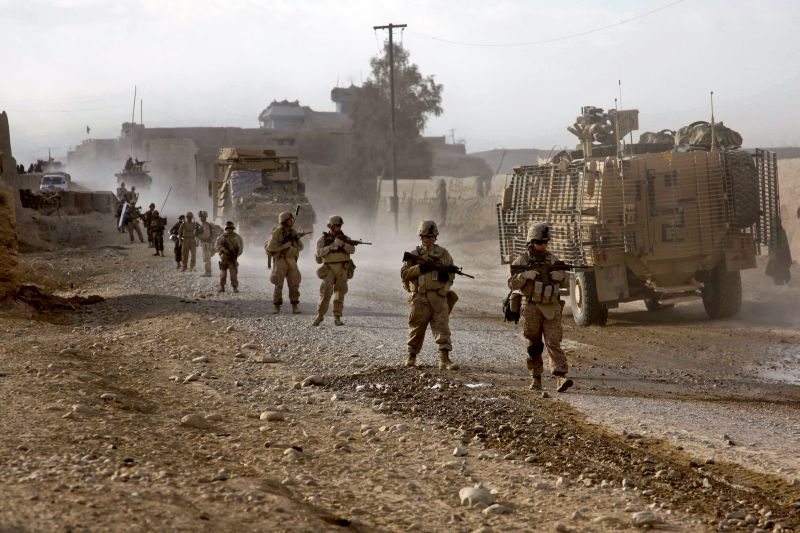Countries throughout the Asia-Pacific region are “excited by our increased participation here,” said the Army component commander for that area.
“We intend to put into motion a pathway of activity (for the Army) into multiple countries for extended periods of time, linking a series of events and exercises on a variety of topics, said Gen. Vincent K. Brooks, commander, U.S. Army Pacific, known as USARPAC.
Brooks spoke today at a press engagement at the Association of the U.S. Army’s 2013 Annual Meeting and Exposition, at the Washington, D.C., Convention Center.
The activity of which Brooks spoke includes disaster relief, humanitarian and military-to-military training with stays involving months, not days or weeks as has been the norm.
Units that will see duty in the Pacific region will be a mixture of high-readiness brigades as well as small units of expertise and may include some that are not at the highest readiness level within the Army Force Generation cycle, he continued.
The vision for that in-depth level of engagement makes sense in this challenging fiscal climate, Brooks said, referring to the strategy of regional alignment.
For decades, the Army and its sister services have been an enabler for economic growth and prosperity in the region, which includes the world’s three largest economies — the U.S., China and Japan — as well as the top 10 emerging economies, he said.
“It’s a framework of successful cooperation and collaboration,” he continued, “and there’s room for any country to fit into that framework,” he said, referring to countries that are not yet partners.
Brooks was named commander of USARPAC 100 days ago and this is the first time that command has had a four-star general since 1974.
“I’m honored” to lead USARPAC, he said, and the elevation of that position to four stars has enabled him to meet with higher levels of military and civilian leaders in countries throughout the area than was otherwise possible to establish personal relationships, which he said are so important.
In those 100 days, Brooks has visited five countries in the region and said he would have visited more, were it not for the government shutdown, which threw a wrench into travel plans for everyone in the Defense Department.
In the last year, the Army has been invited, along with 26 other countries, to a conference of Asia-Pacific military leaders, hosted by New Zealand. That conference will take place in a different Asia-Pacific country every year, he said, with the next being in Bangladesh.
In Bangladesh, one of the five countries he visited, Brooks said he was impressed by a joint disaster management exercise there, which included a mockup of an urban area that had been turned to rubble by an earthquake. Animals and special equipment were used to locate people and tunnel through the debris, he said.
Japan, another country he visited, hosted bilateral natural disaster and military-to-military training.
Those types of exercises are apropos in a region that experiences so many natural disasters on a regular basis, from typhoons and cyclones to earthquakes and tsunamis. About 83 percent of the world’s natural disasters hit that area, he said, with a resulting comparable percentage in loss of life.
“Natural disasters are a national security concern” for nations in the region he said.
Also within the last year, the Army and its sister services participated in a high-level exercise with Australia, he said. This type of exercise will be typical of future training, he said, pointing out that “the Army operates jointly everywhere in the world today.”
This type of training with joint and multinational forces “excites our troops,” he added. “They’re eager to be a part of it.”
In the way ahead, Brooks sees an increase in aviation, both manned as well as unmanned, in the region, fully integrated with air assets of the other services. For example, Army helicopters landing on Navy and Army watercraft.
Missile defense will be fortified as well, he said, pointing out that PACOM needs to protect its bases and service members as well as the U.S. homeland and regional partners. “Adversaries are increasing the range and lethality of their surface-to-surface missiles and we’re actively involved in addressing that now.”
Although maritime cooperation is going on with India, Brooks “wants to increase land-force cooperation and interoperability as well, as India is a critically important player in the entire region.”
One of Brooks’ biggest fears is the outbreak of all-out war on the Korean peninsula. The U.S. is doing everything it can to prevent that from happening but “in a worst-case scenario,” he said, U.S. and South Korean troops are ready.










